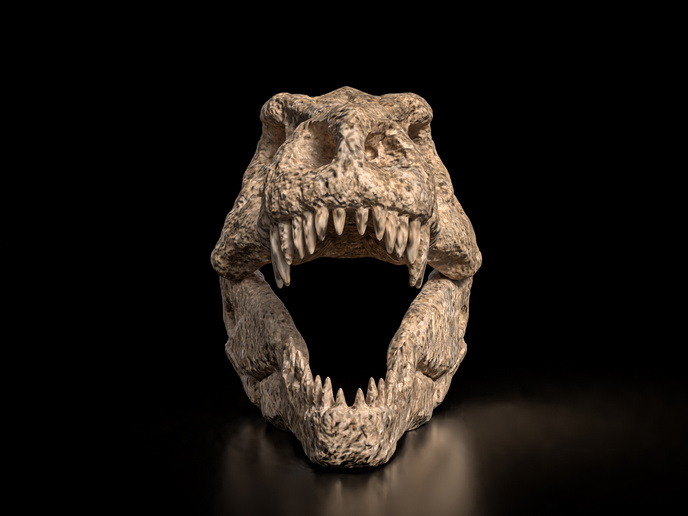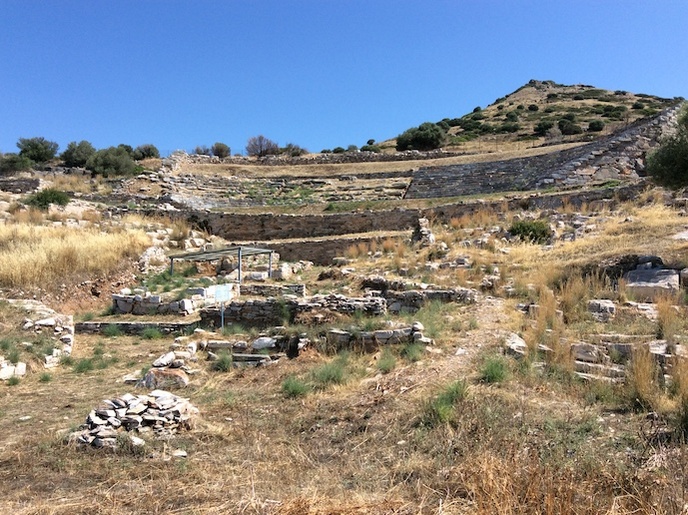Retelling Europe’s history through precious objects
“The inspiration for this project was an extraordinary figure of European history, Charles of Luxembourg, King of Bohemia, and Holy Roman Emperor,” explains POMOC project coordinator Gervase Rosser, professor of the History of Art, University of Oxford(opens in new window), United Kingdom. “His career spanned the middle decades of the 14th century, a period of upheaval in western Europe, which was struck by plague and shaken by the removal of the centre of religious gravity from Rome to Avignon.”
Re-examining cultural ideas
When the crown of Bohemia(opens in new window) passed to him in 1346, Charles conceived the idea of remaking his new capital, Prague, as an amalgam of the Paris of his youth and the Rome of imperial Antiquity. The cathedral was rebuilt in an originally French Gothic style by German craftsmen. “The university founded by Charles attracted scholars from across Western Christendom to this new centre,” notes Rosser. “This expressed at once a distinctly Bohemian identity and a cosmopolitan, proto-European identity.” The POMOC project, undertaken with the support of the Marie Skłodowska-Curie Actions programme(opens in new window), enabled Marie Curie Fellow Ingrid Ciulisová to conduct a fresh study on the cultural policy of Charles, under the supervision of Rosser. This was needed in part because existing scholarship has been coloured by nationalistic perspectives of the last two centuries. "The pride and jealousies of academics had limited their ability to see him in the round; in particular, Czech nationalism had tended to show Charles first and foremost as a ‘Bohemian’,” explains Rosser. “Charles had a real interest in Bohemian culture, which he encouraged. Yet Ciulisová was right to emphasise his larger cultural horizons. These were not in any way shaped by ideas of nationalism, which were only invented in the nineteenth century.”
History through gemstones
Charles IV is known to have been a pious collector of holy relics, and visitors to the Karlsteijn Castle outside Prague can still see this astonishing collection. Ciulisová, instead, focused on the king and emperor’s assemblage of gems, which proves to be no less eloquent of his cultural strategy. “The re-use by medieval craftsmen of antique gems – carved precious stones and cameos(opens in new window) – is a familiar phenomenon,” says Rosser. “However, there have been few studies which have examined this in detail.” For example, a gold cross donated by Charles to Aachen Cathedral (the burial place of his sainted predecessor, Charlemagne), is decorated with a number of such gems, including a classical cameo showing an emperor. Charles also used such prestigious objects as seals and as amulets for personal adornment – and, perhaps, protection. “Among scholars patronised by the emperor was Petrarch(opens in new window), who gave Charles a collection of ancient coins bearing the images of classical emperors,” says Rosser. “The conversation between these two must have been fascinating, as the Emperor of the West took counsel from the humanist concerning the relationship between iconography, power, and responsibility.” The surviving gems, which can securely be associated with Charles IV are few, and they are small. Yet Rosser believes that Ciulisová has shown why these exquisite objects deserve particular attention. “They have something distinctive to tell us about the history of Europe,” says Rosser. “This is a Europe that transcends national boundaries, and which draws its cultural life from deep wells of both Christian and classical history.”







